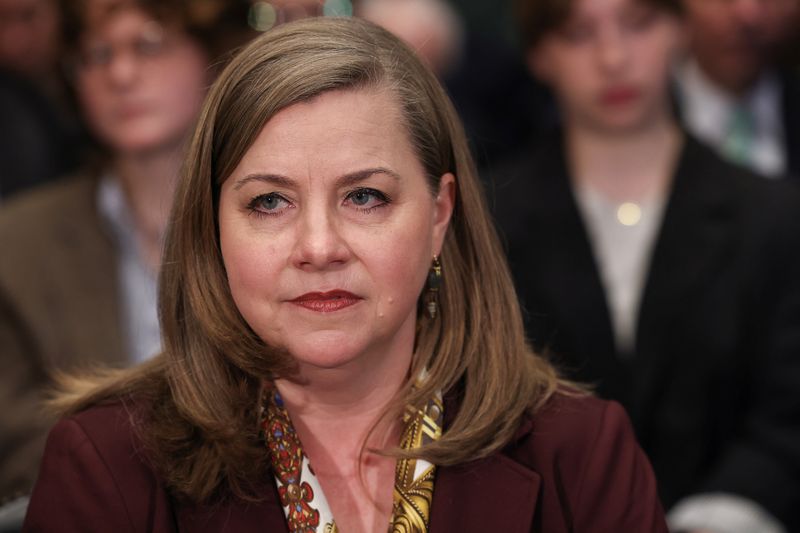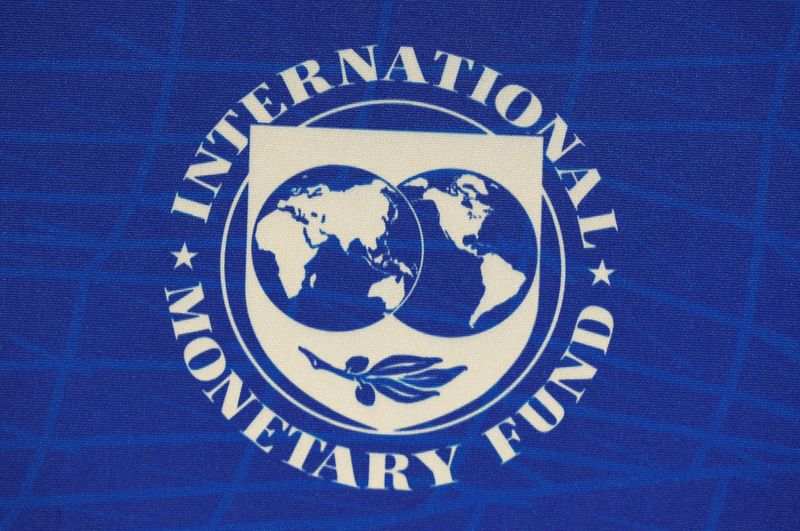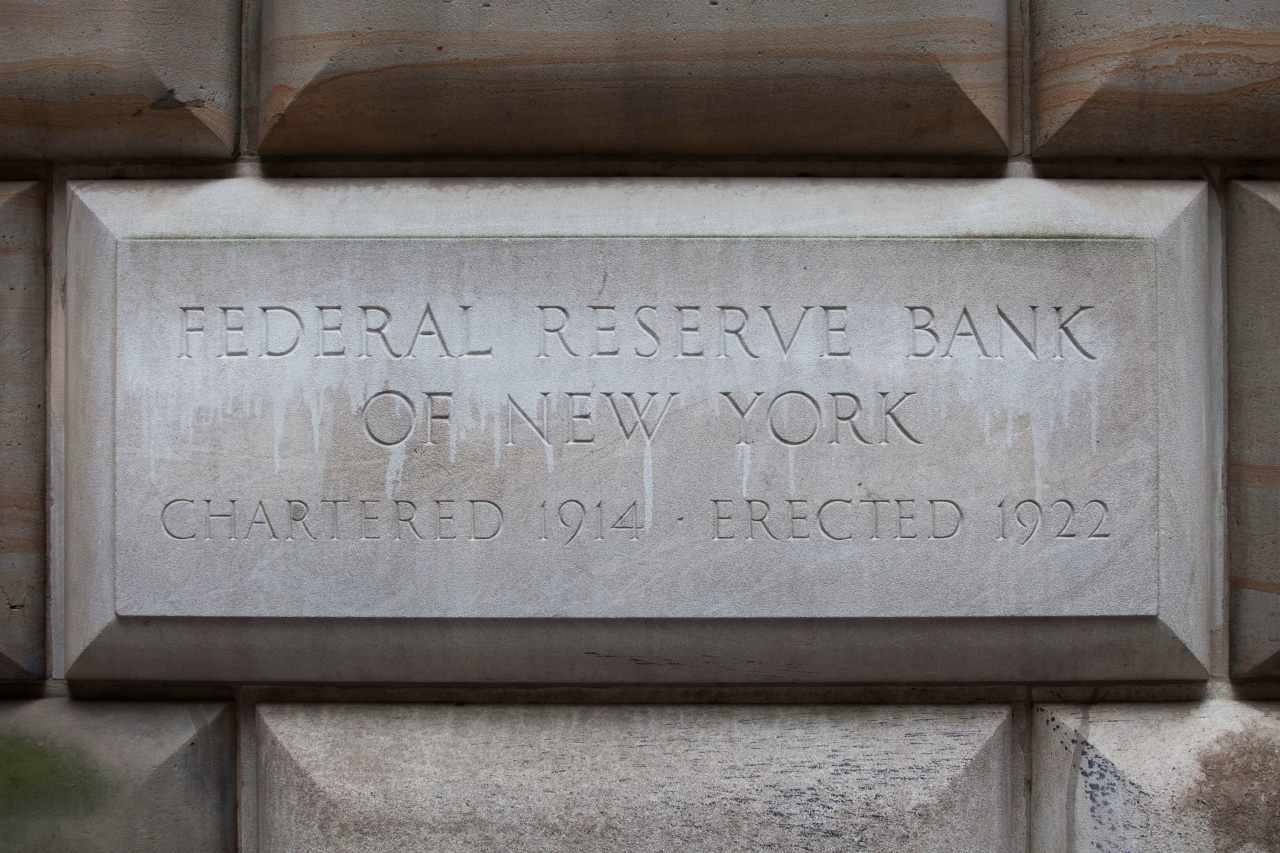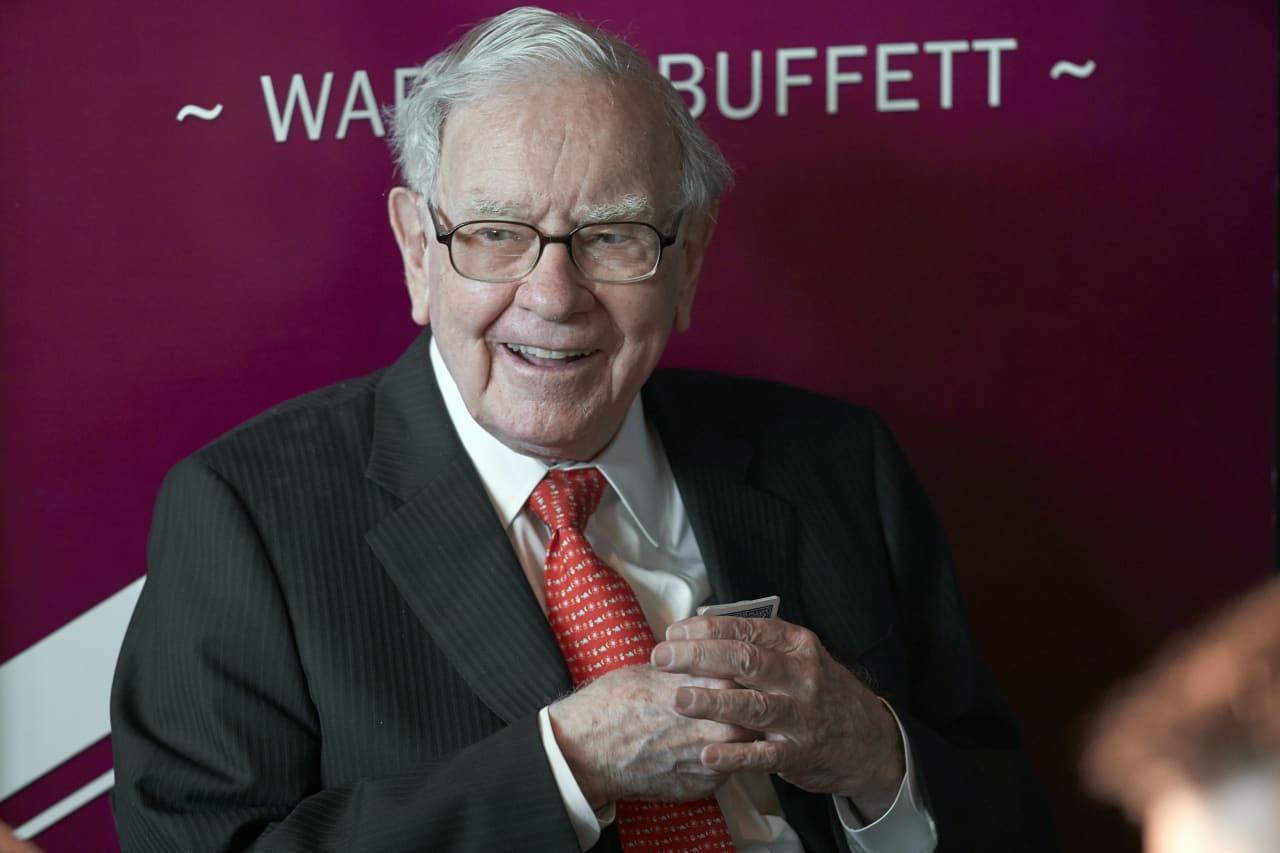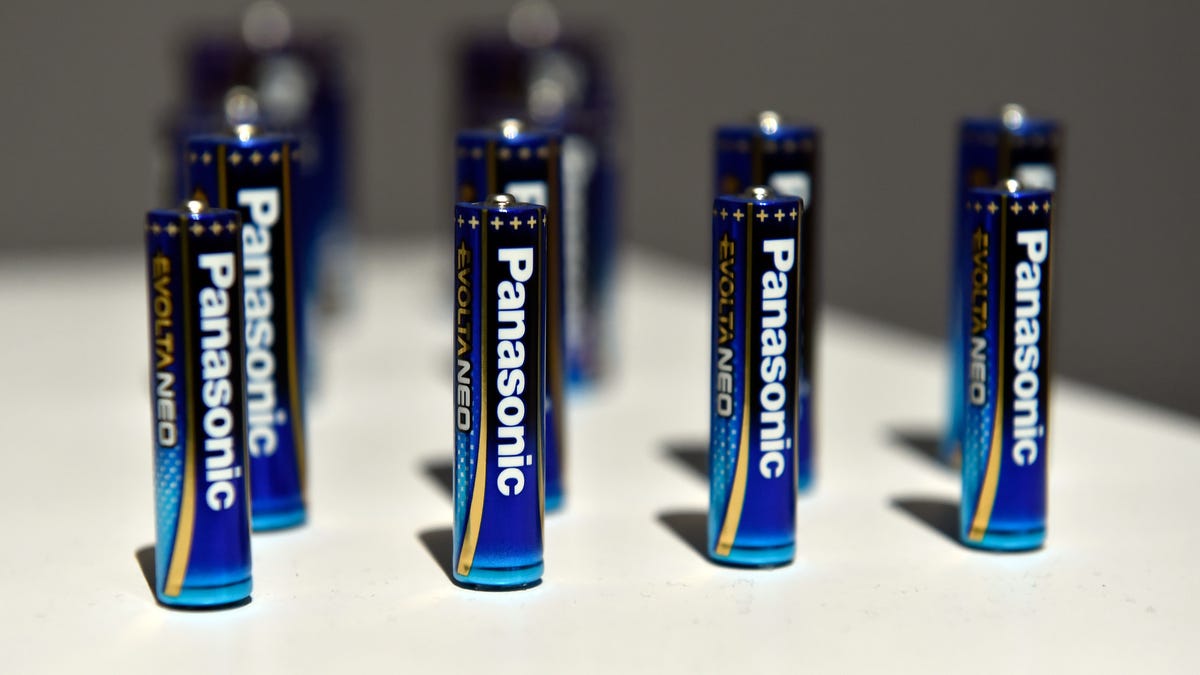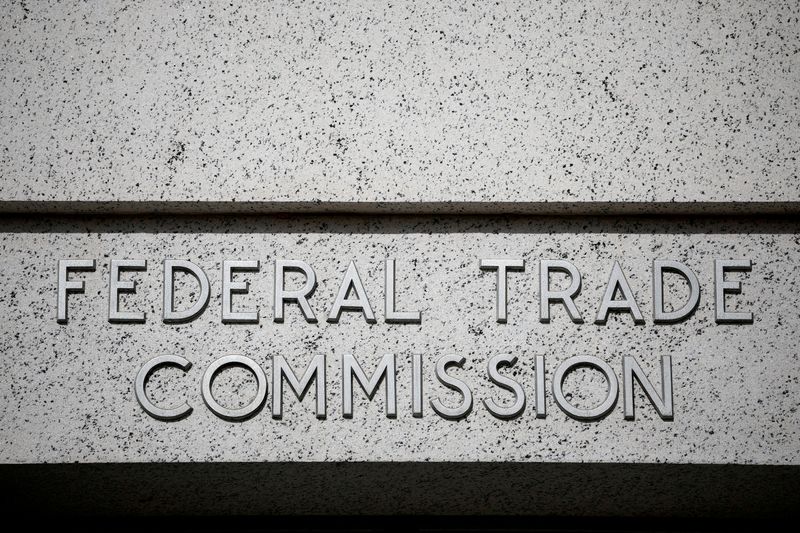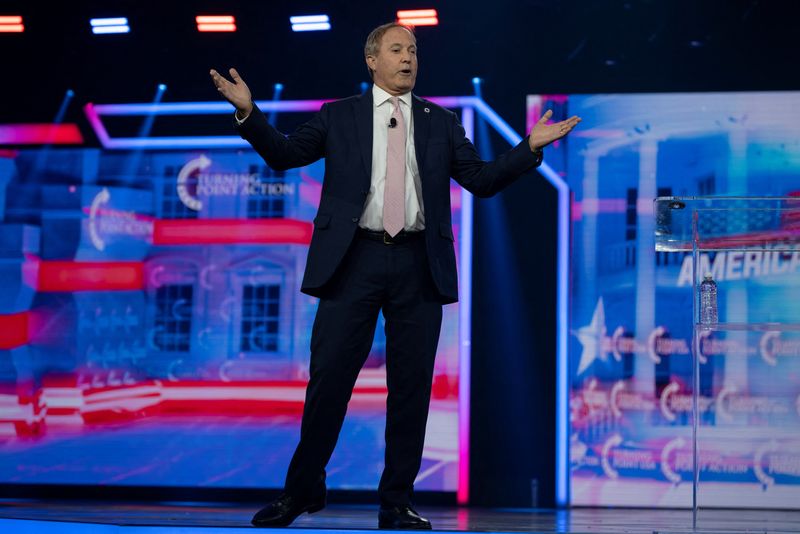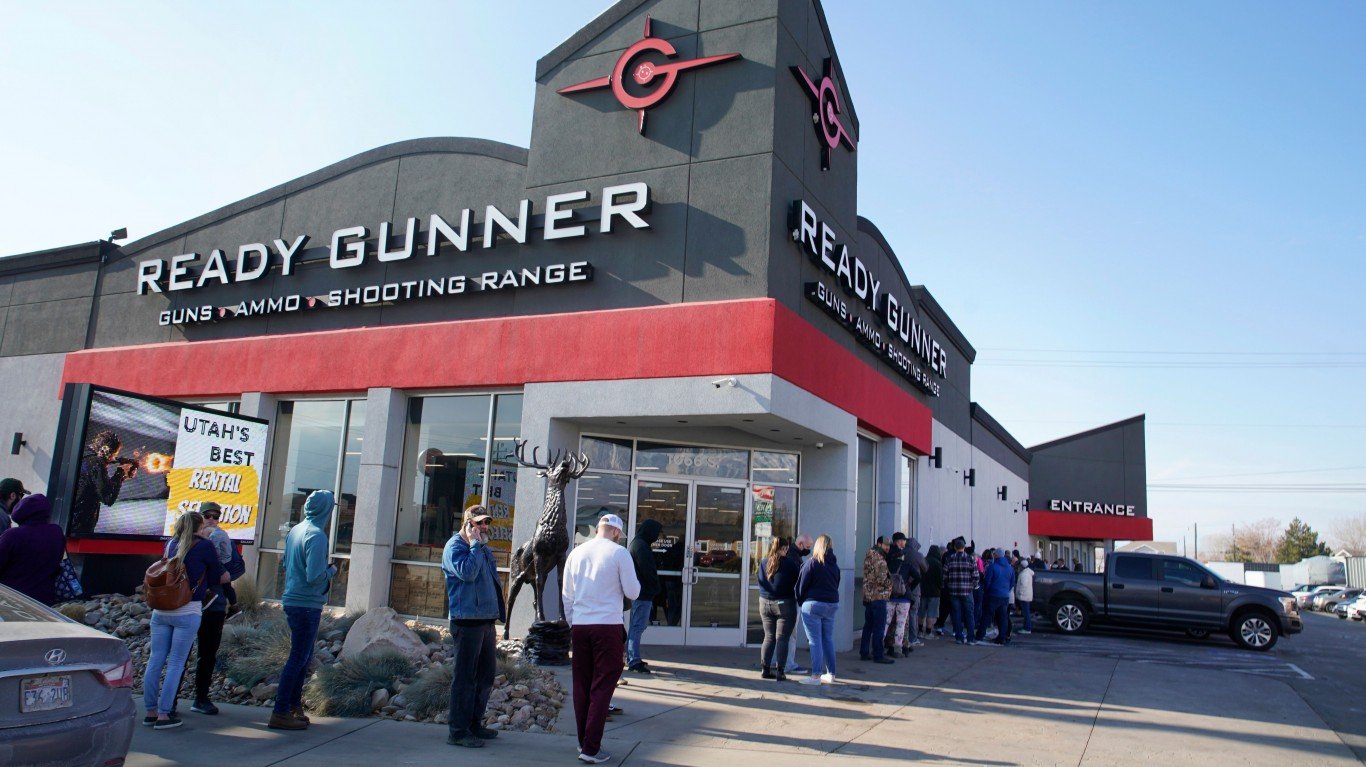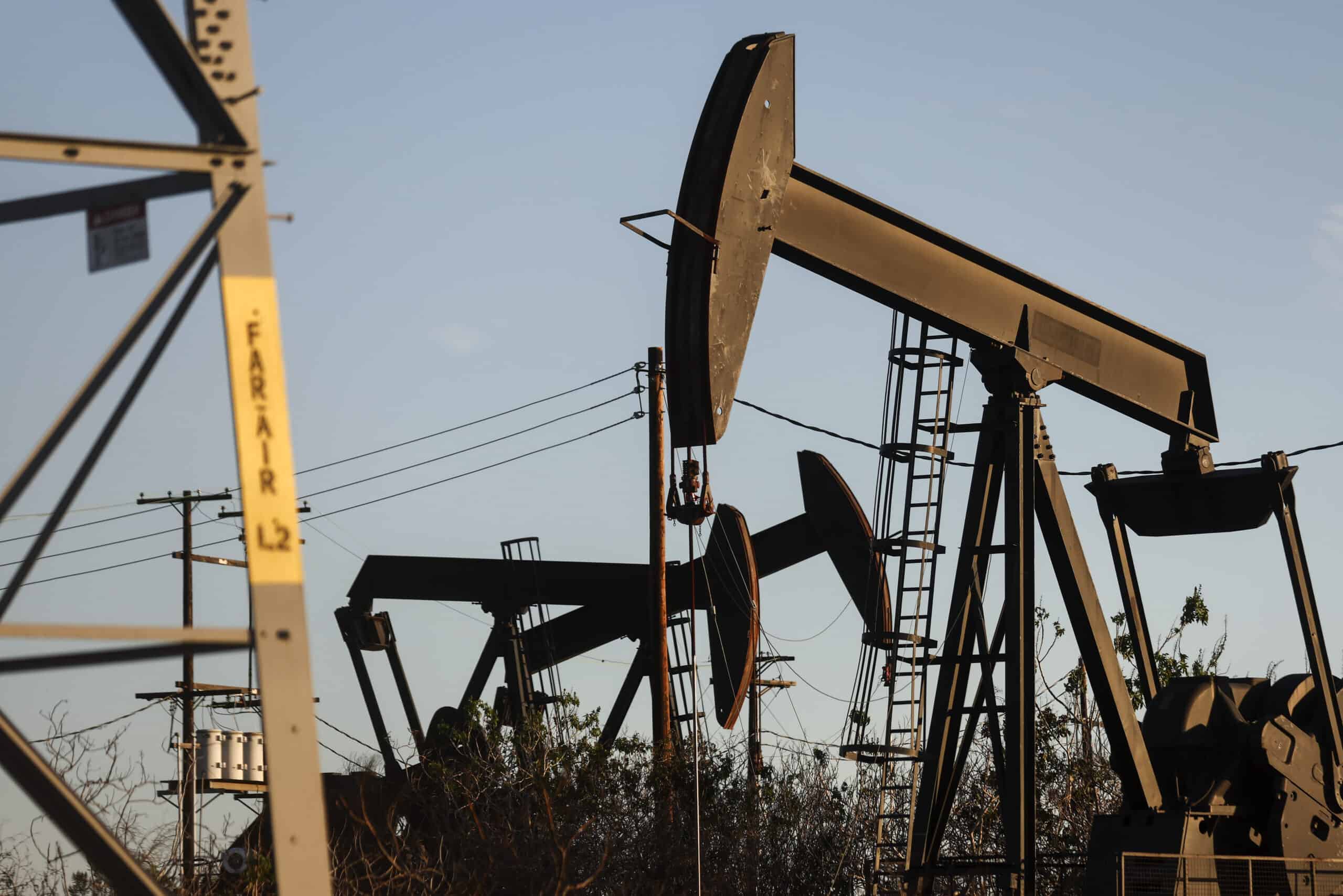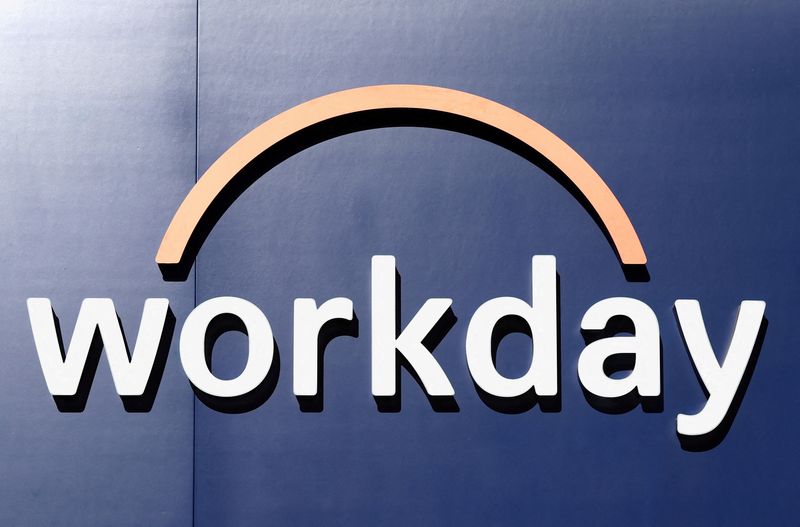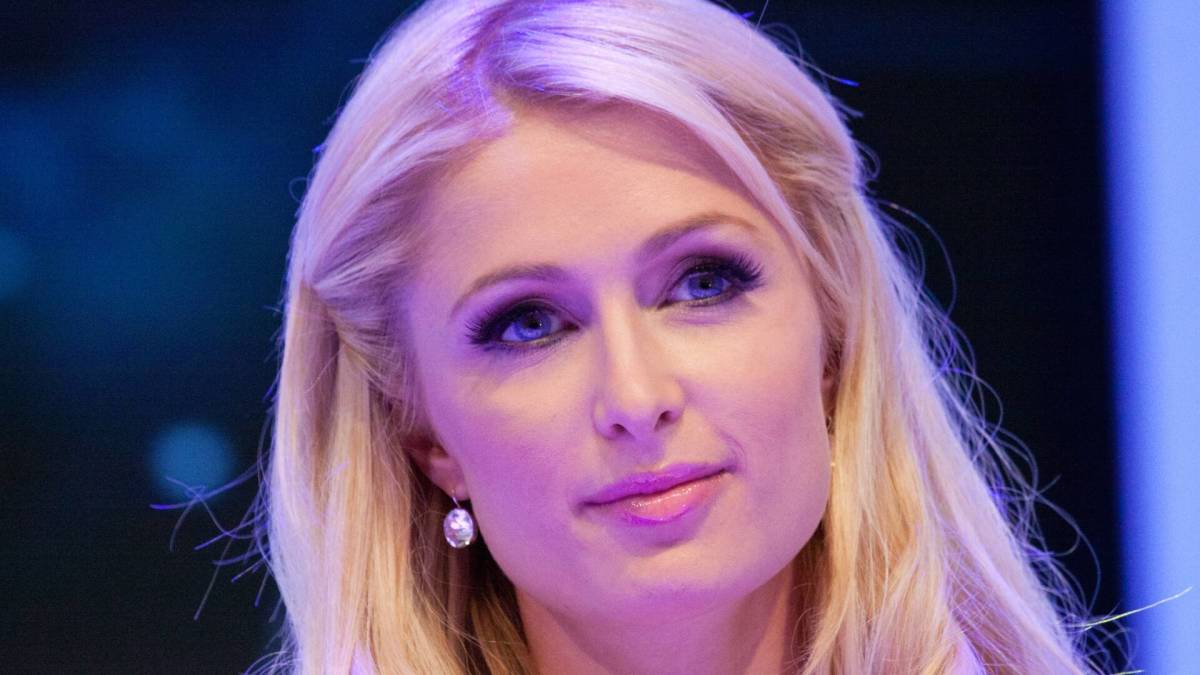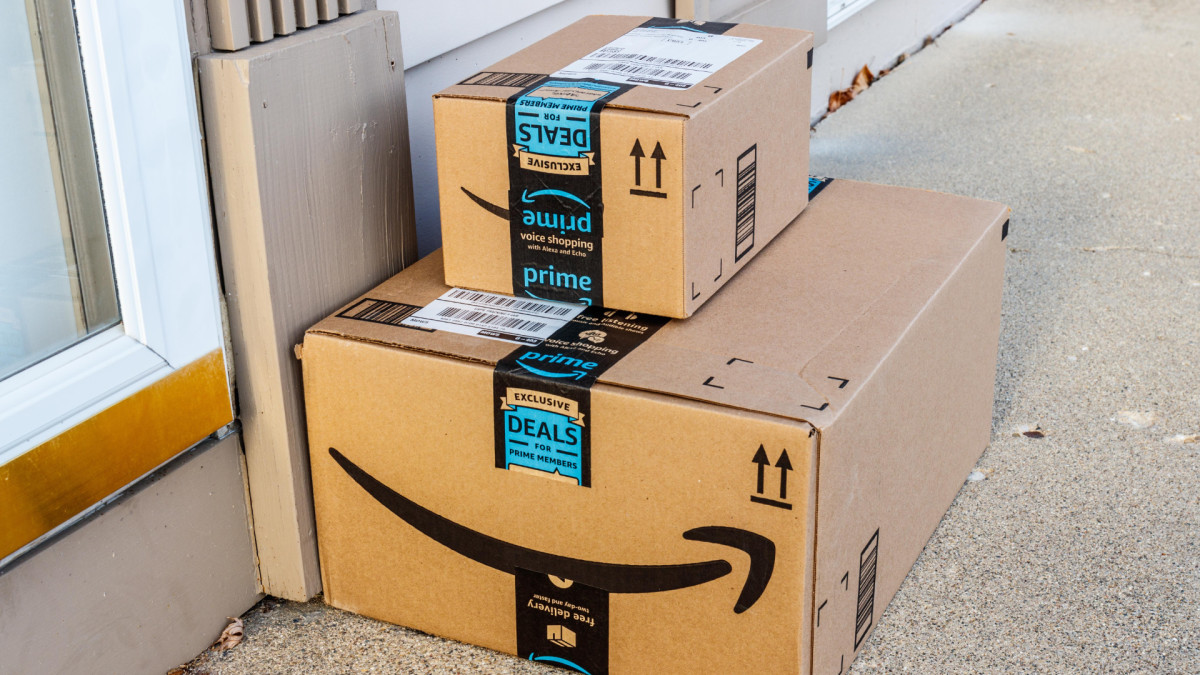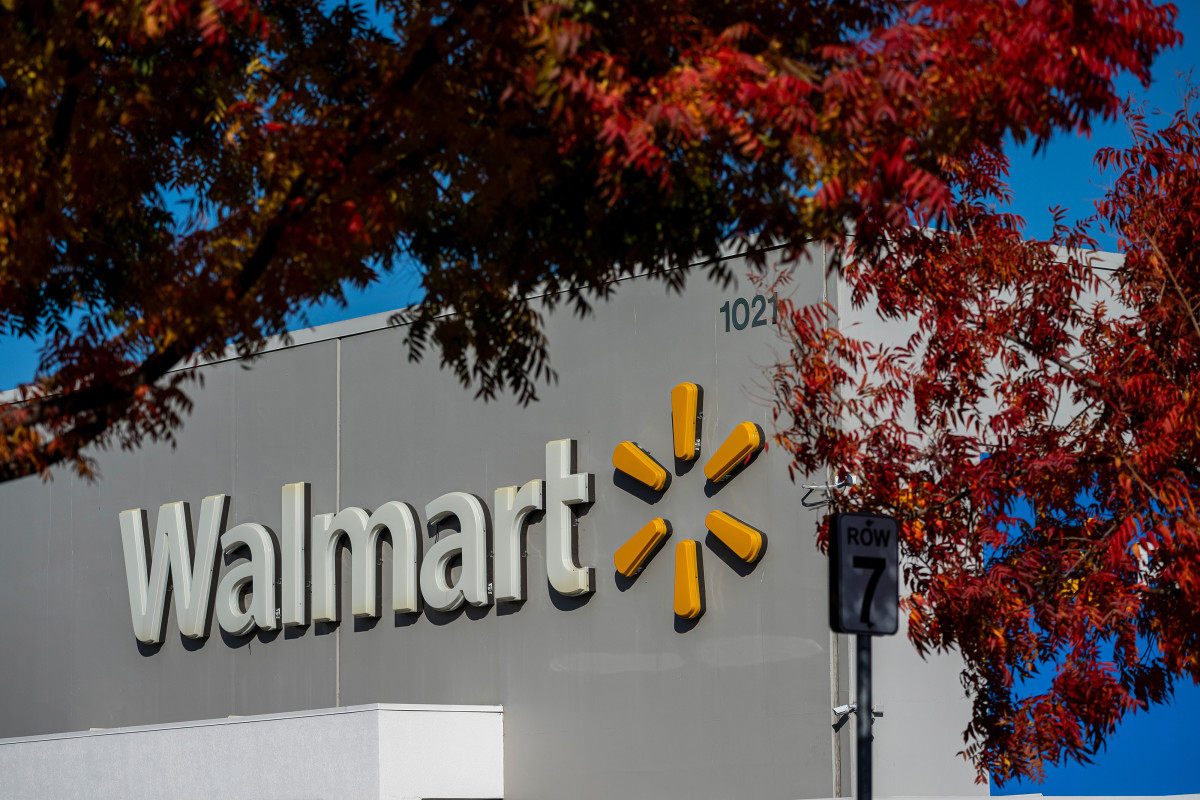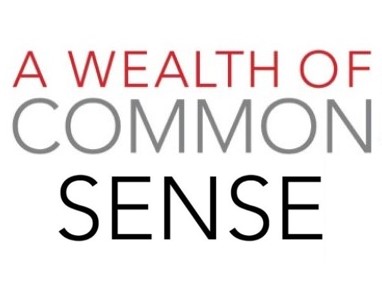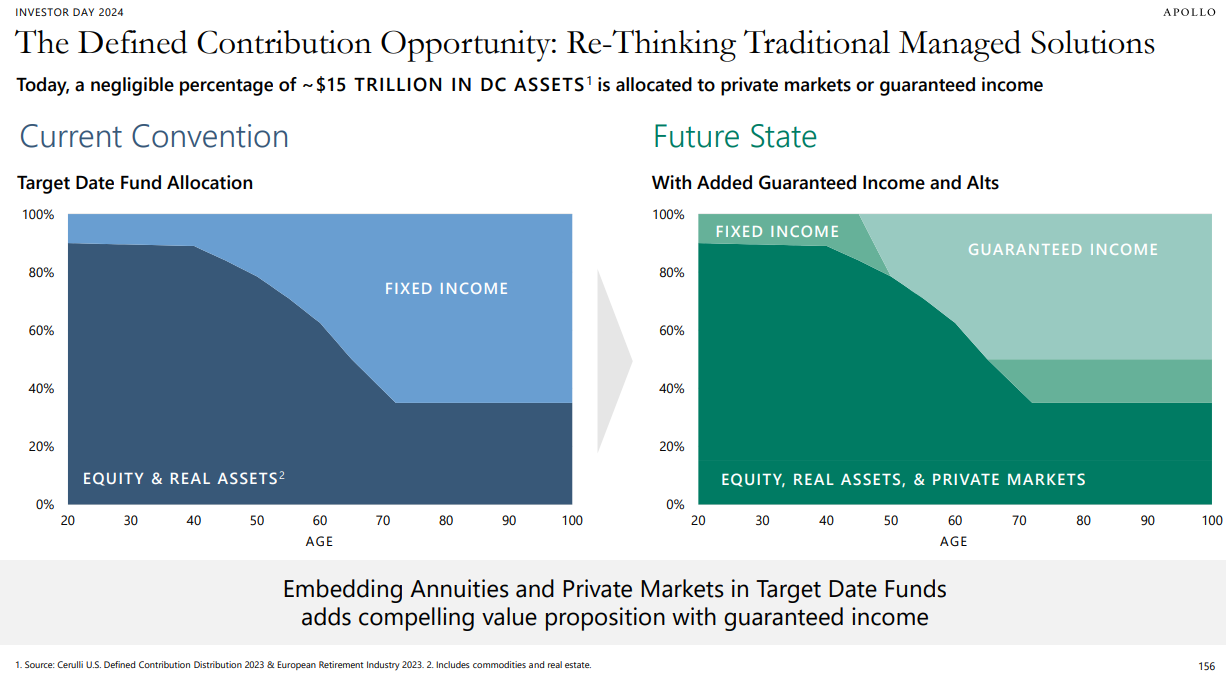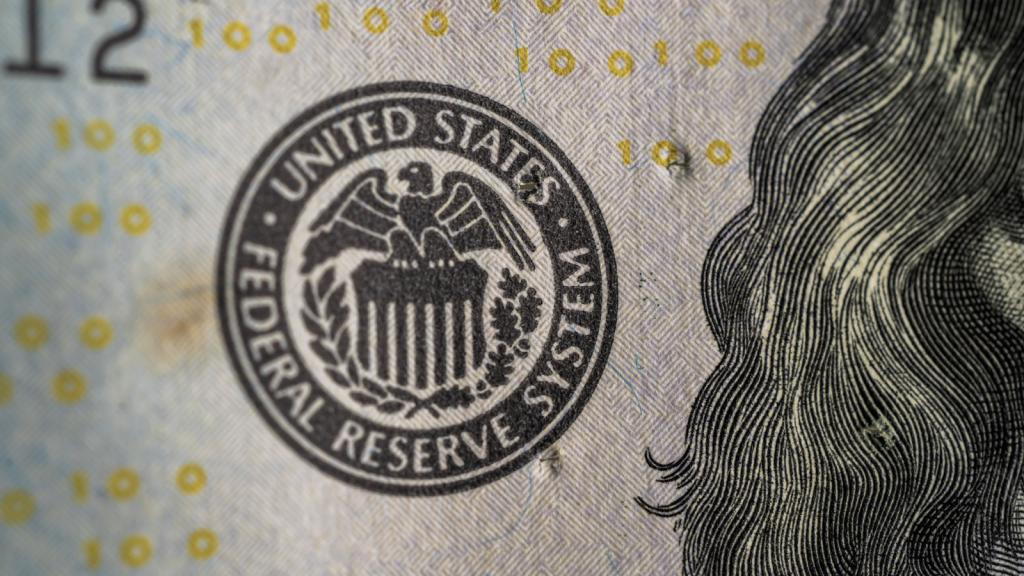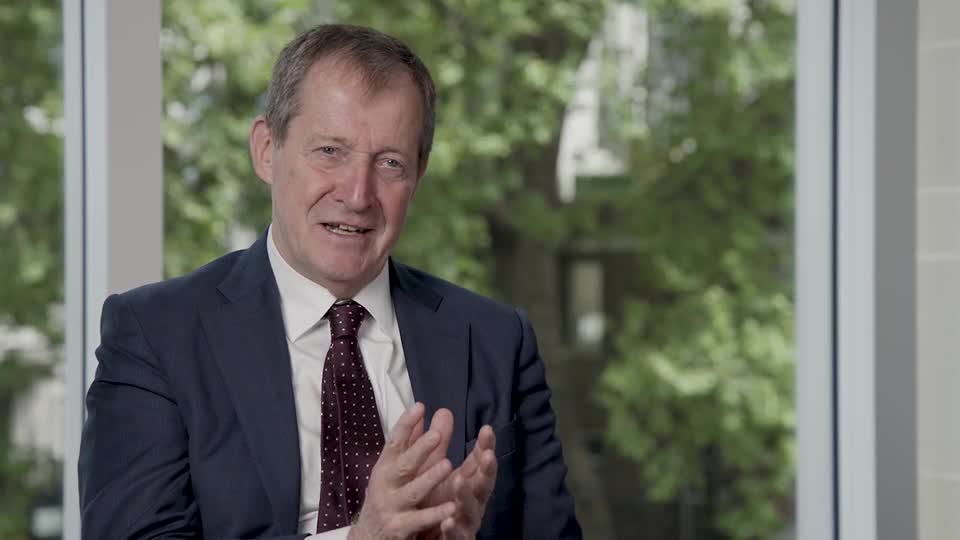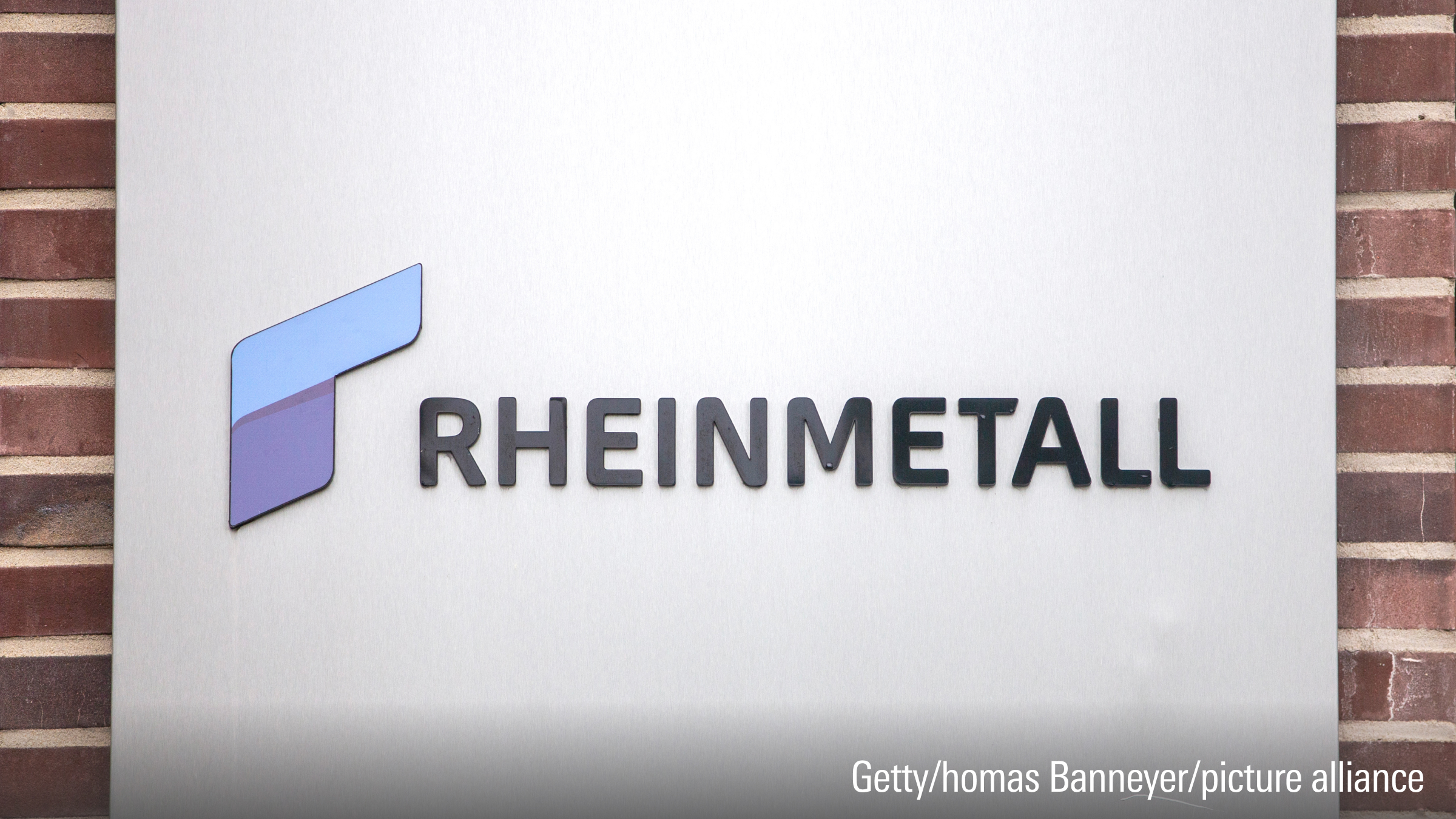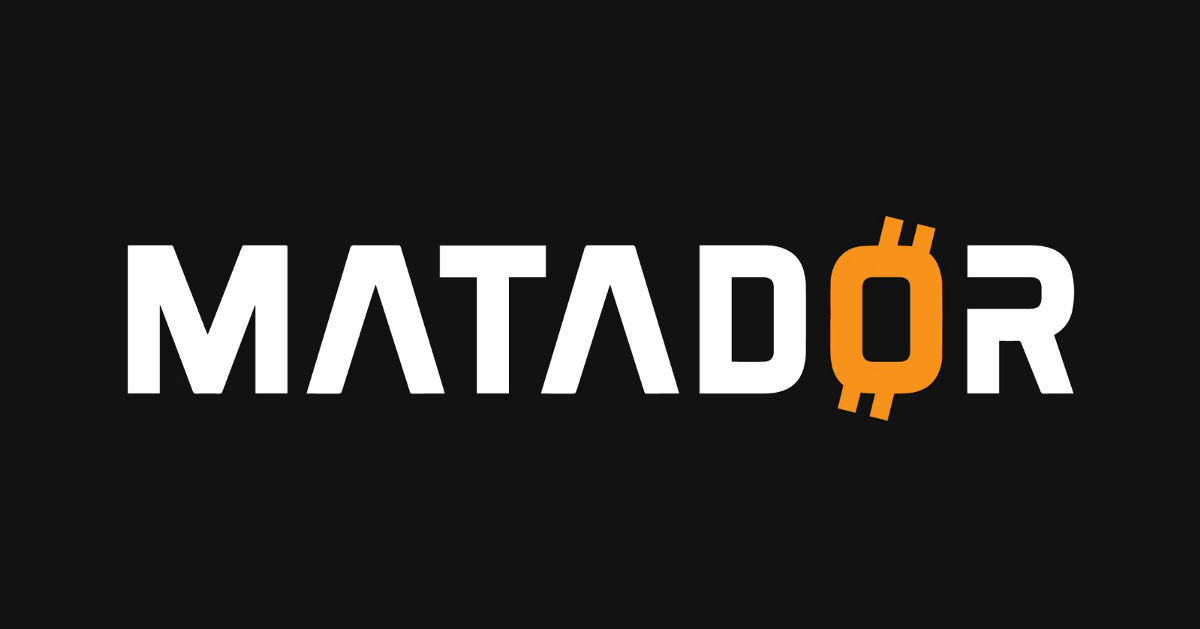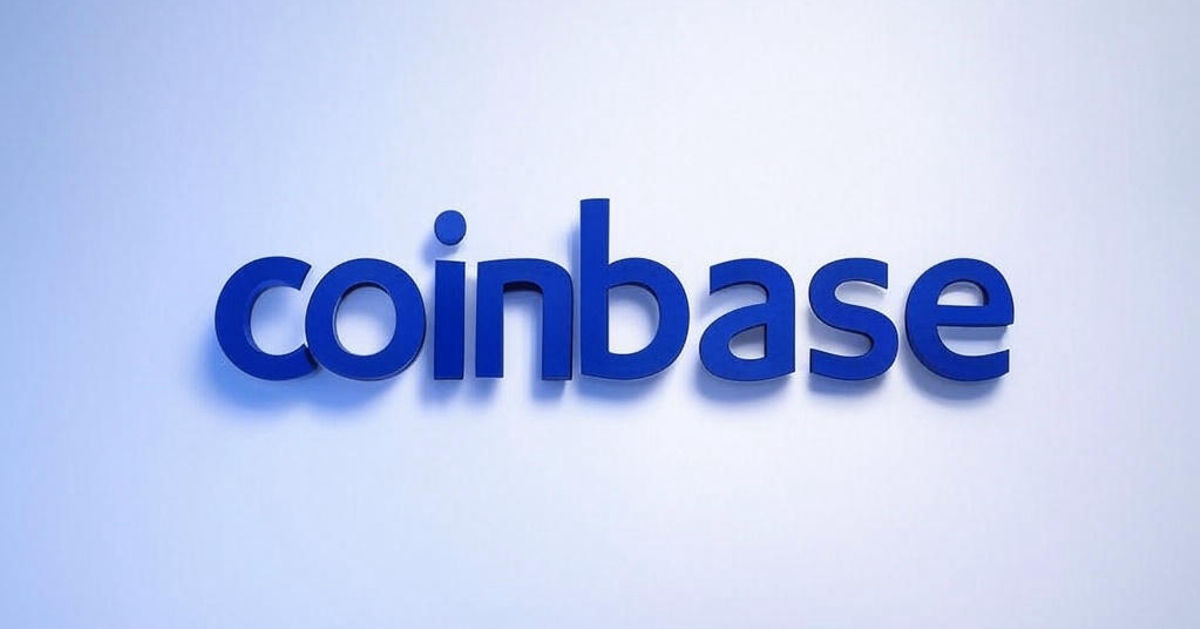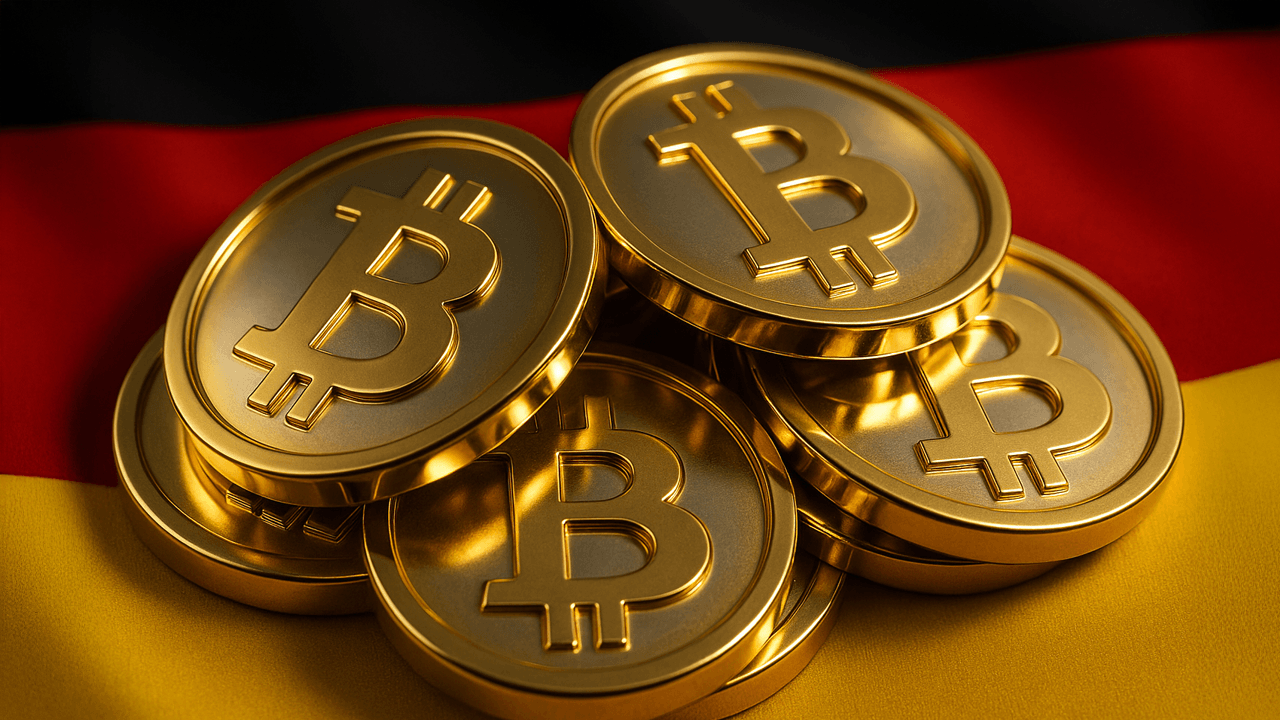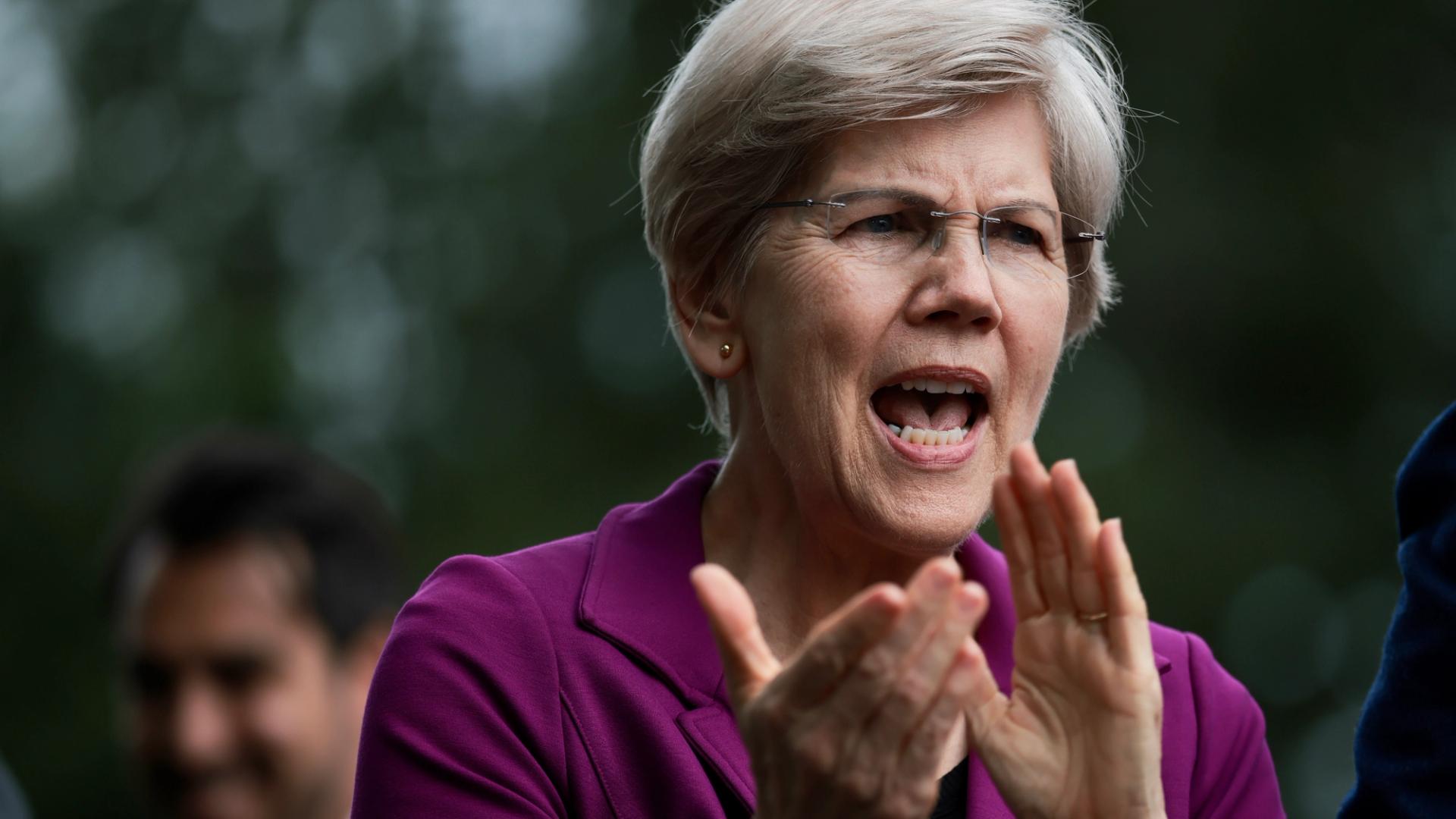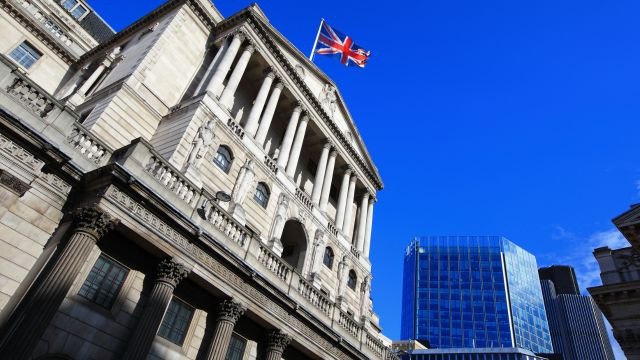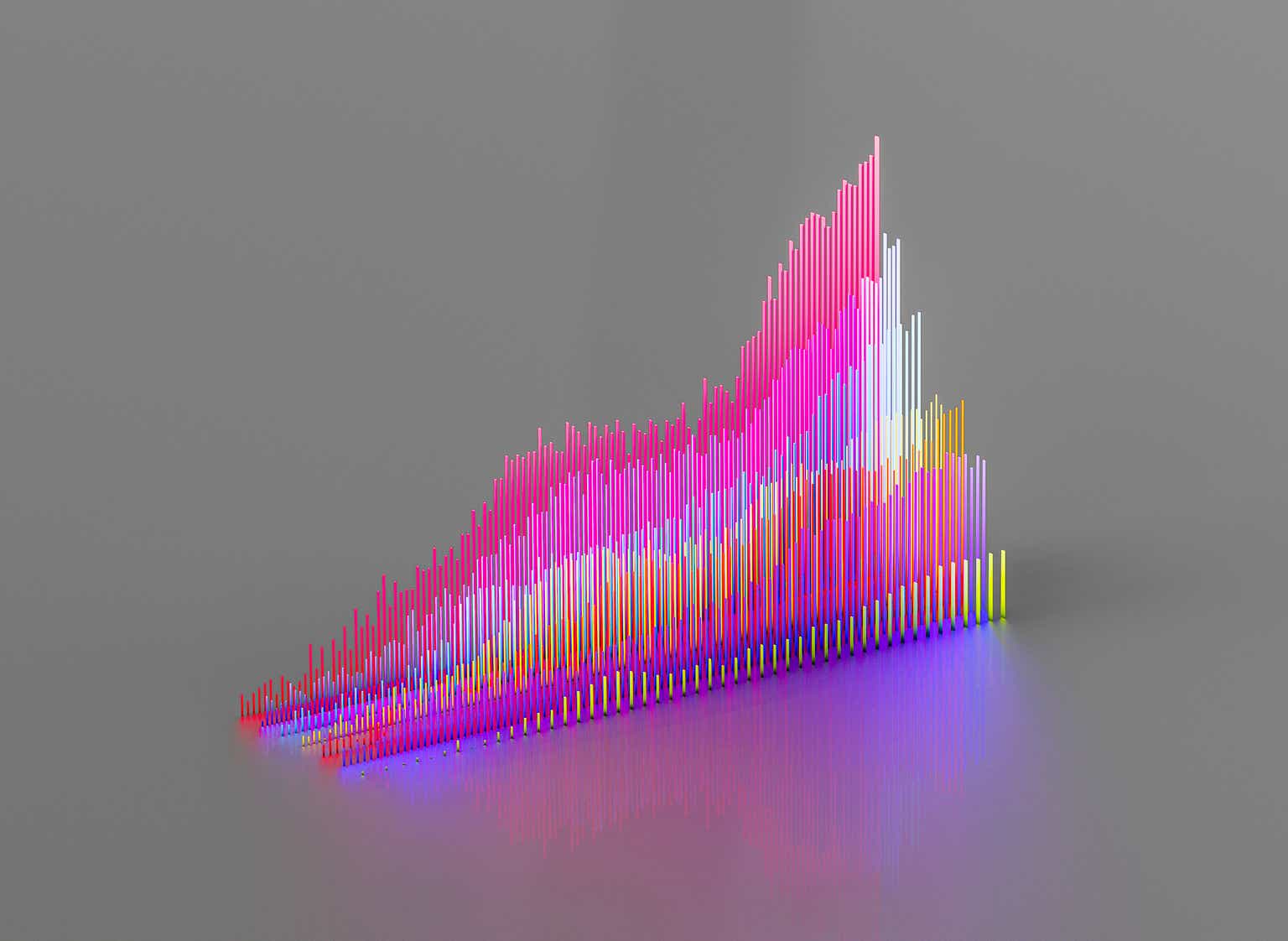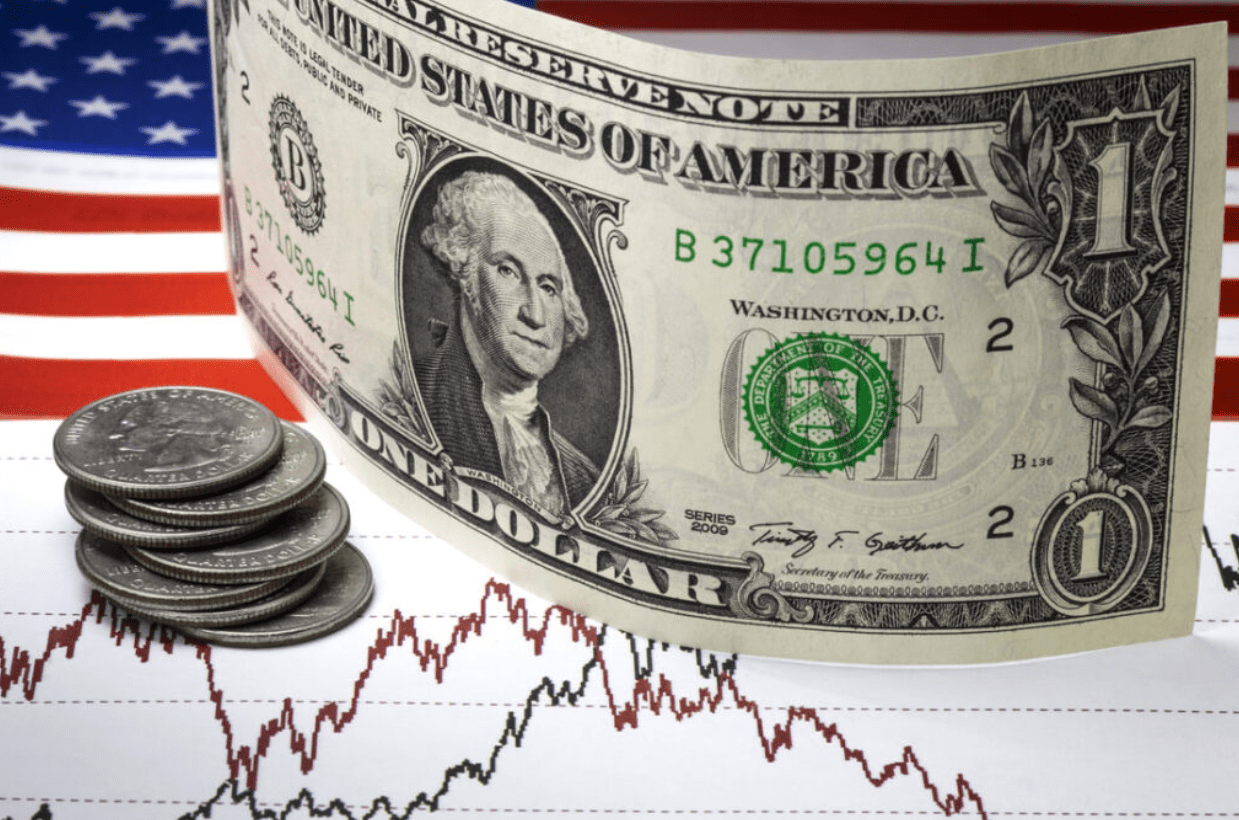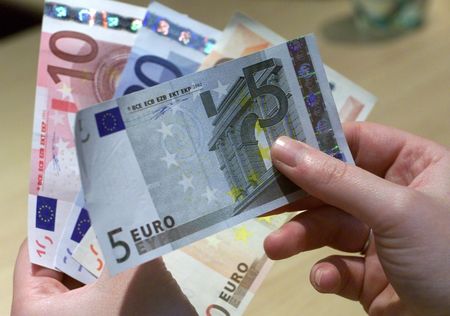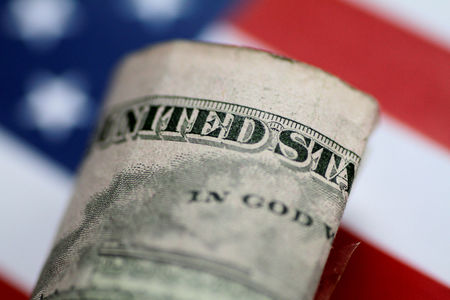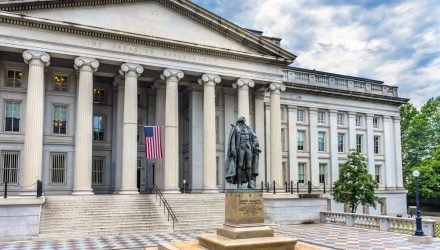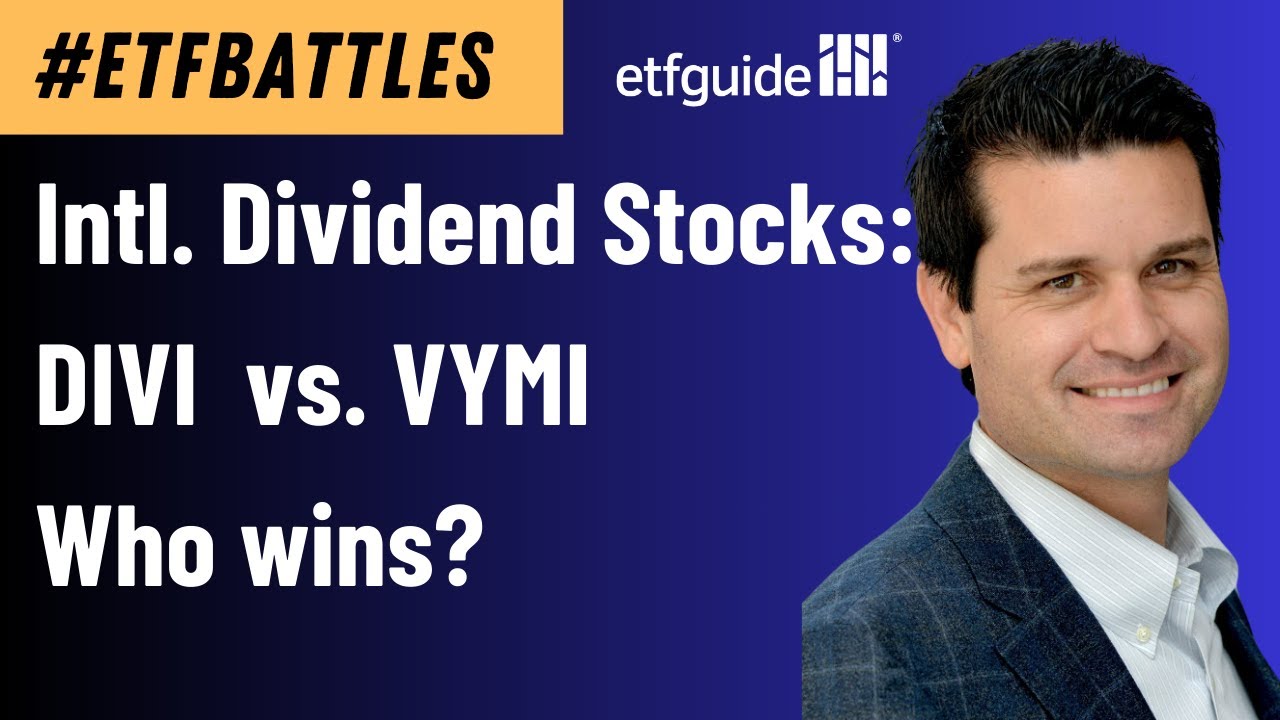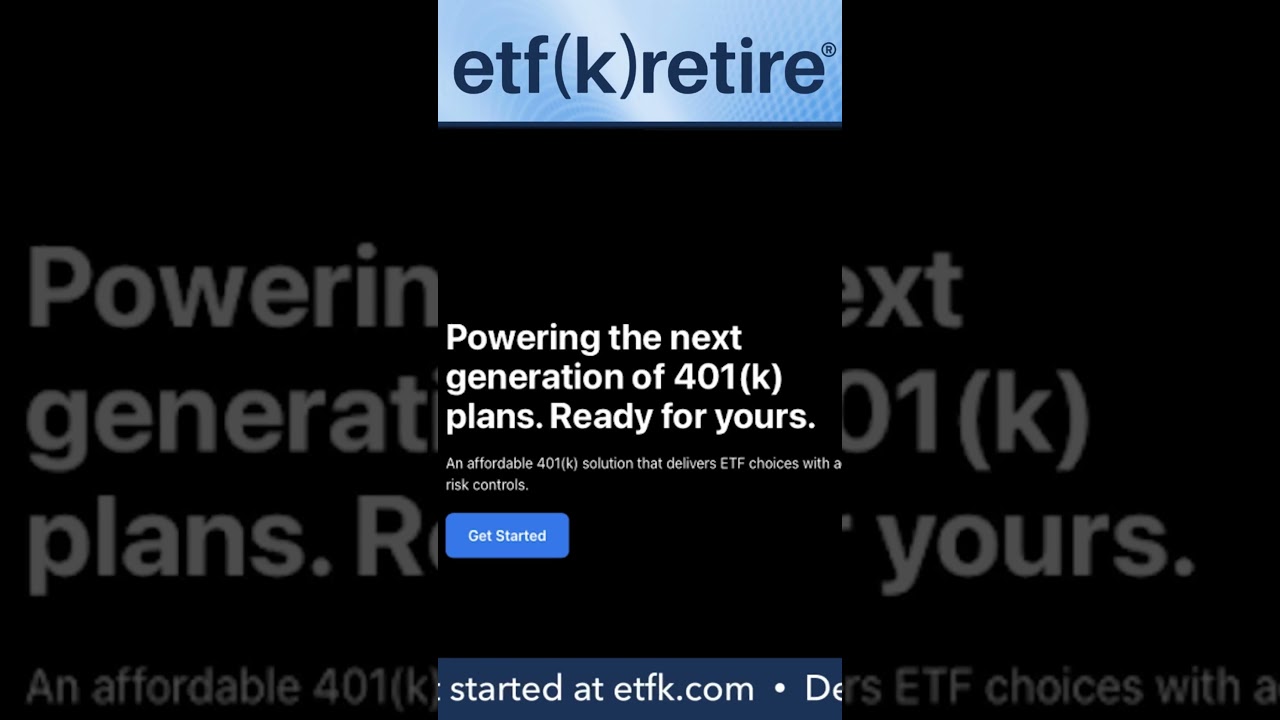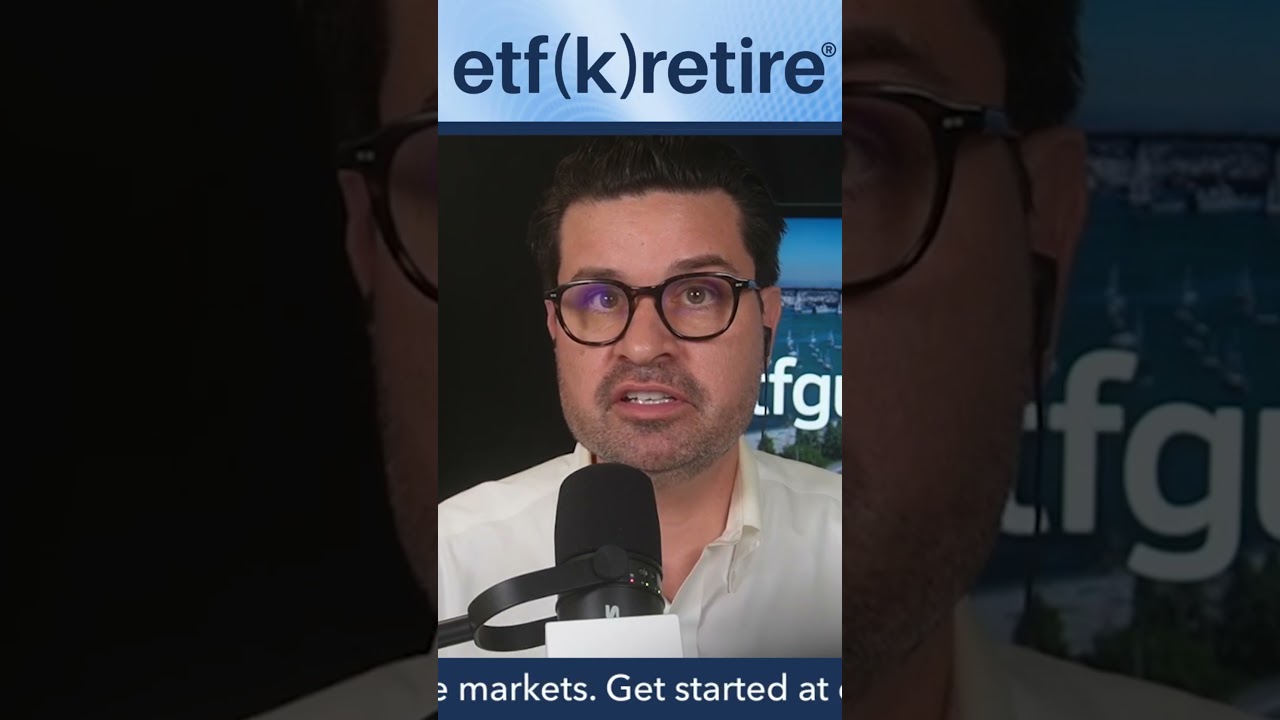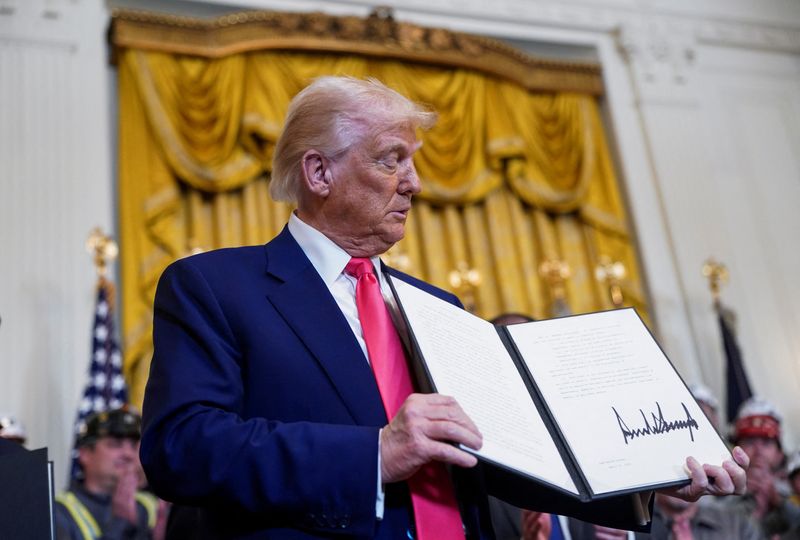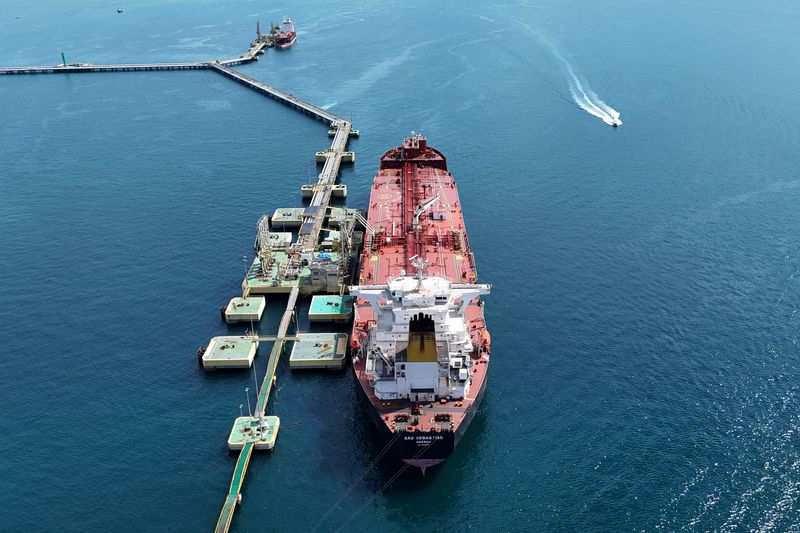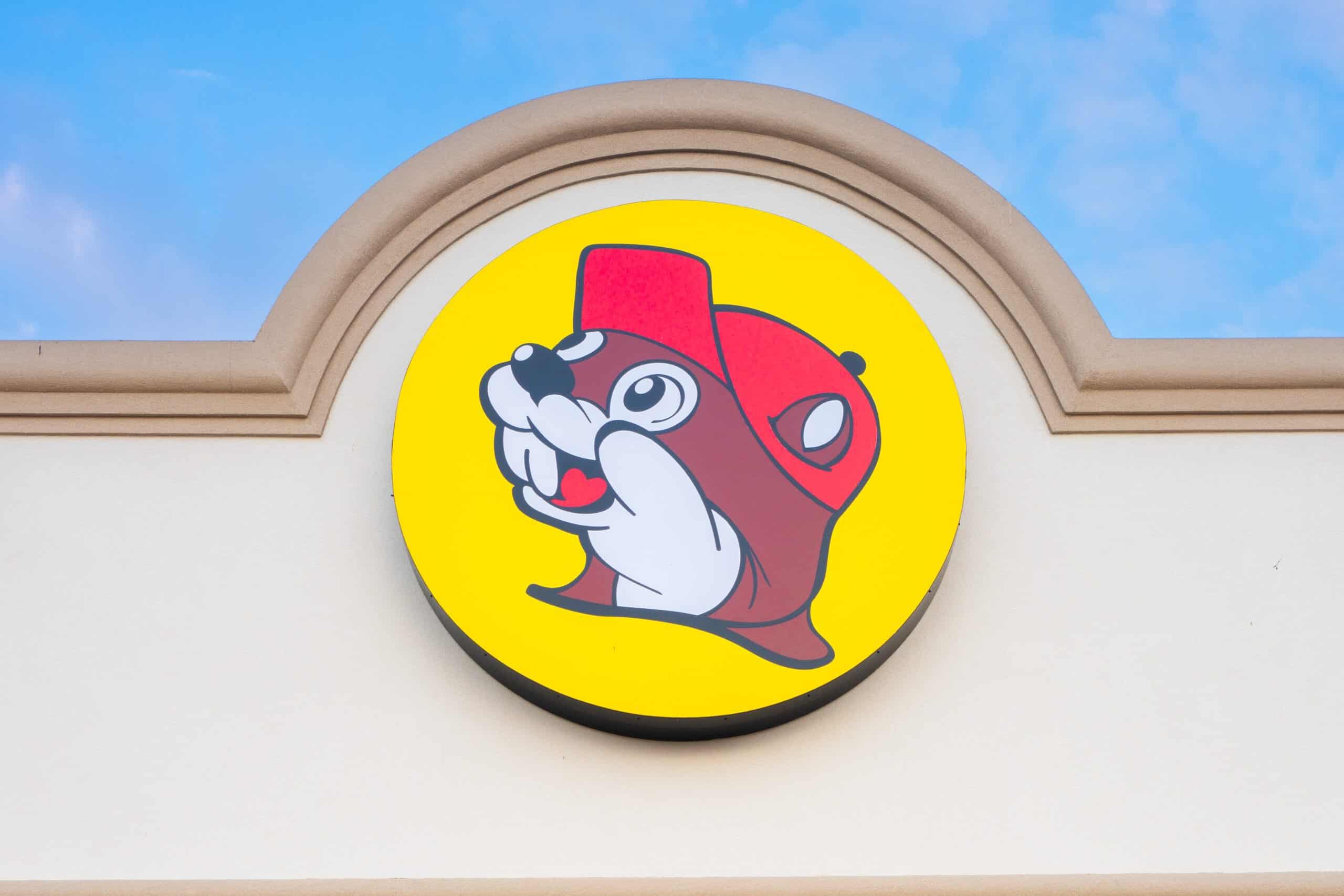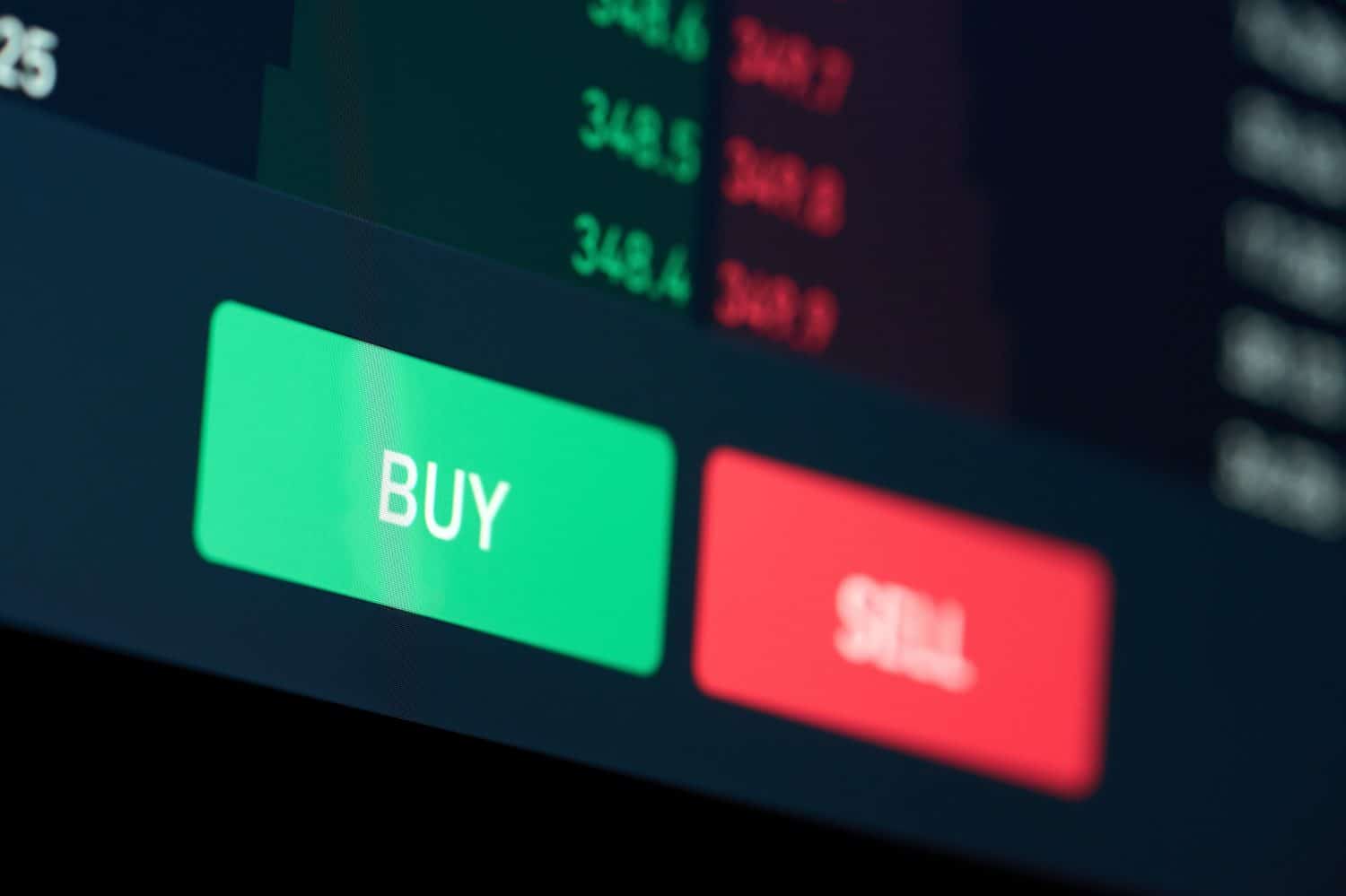Pfizer (NYSE:PFE) Hasn’t Been This Cheap in 13 Years. Time to Buy?
Pfizer (NYSE:PFE) is one of the world’s largest pharmaceutical companies, but at $22.59 per share as of this writing, the stock trades at its lowest levels in 13 years. Shares are down 19% over the past year and 63% from its December 2021 peak of $52.61 per share. This steep decline, driven by waning COVID-19 […] The post Pfizer (NYSE:PFE) Hasn’t Been This Cheap in 13 Years. Time to Buy? appeared first on 24/7 Wall St..
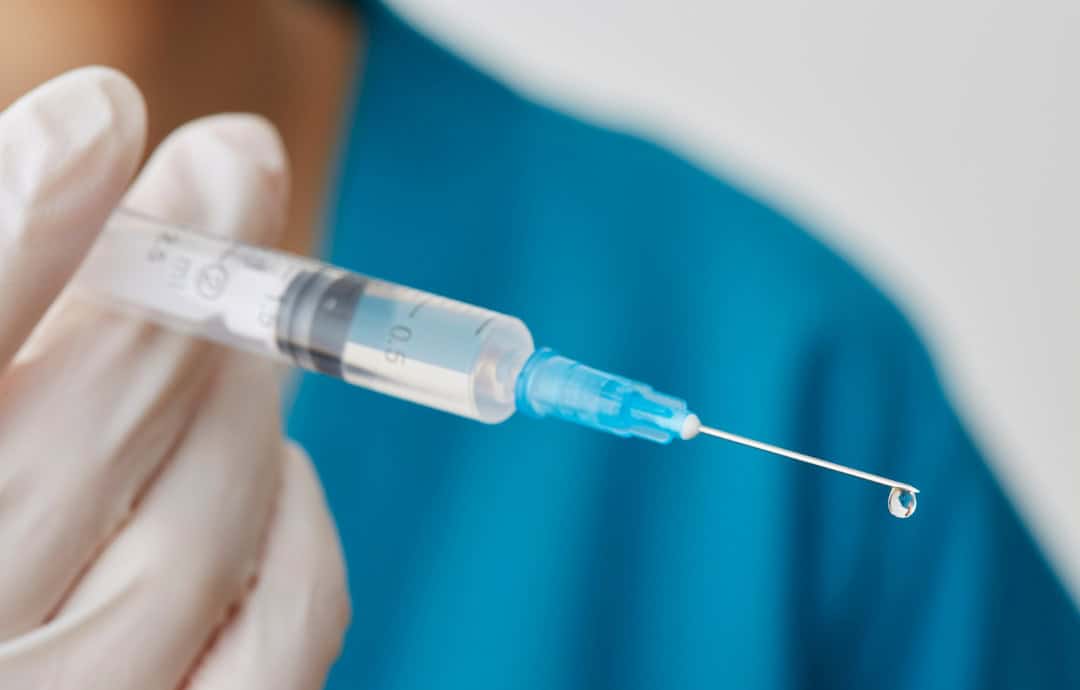
Pfizer (NYSE:PFE) is one of the world’s largest pharmaceutical companies, but at $22.59 per share as of this writing, the stock trades at its lowest levels in 13 years. Shares are down 19% over the past year and 63% from its December 2021 peak of $52.61 per share.
This steep decline, driven by waning COVID-19 product sales and tariff uncertainties, has sparked debate about whether PFE’s current valuation, bolstered by a 7.5% dividend yield and a forward P/E of 7.3, presents a buying opportunity.
With a robust oncology pipeline, cost efficiencies, and a diversified portfolio, Pfizer offers compelling value, but risks like tariff impacts and competitive pressures warrant caution.
24/7 Wall St. Insights:
-
Pfizer (PFE) has seen its stock fall to its lowest level in 13 years as pressure from falling blockbuster drug sales weighs on performance.
-
CEO Bourla maintains supporting the dividend is a high priority for the pharma, but Pfizer struggles to generate sufficient FCF to cover it.
-
PFE stock looks cheap, but it faces significant risks in the near future.
-
Sit back and let dividends do the heavy lifting for a simple, steady path to serious wealth creation over time. Grab a free copy of “2 Legendary High-Yield Dividend Stocks“ now.
Navigating the Post-Covid Hangover
Pfizer’s stock has been battered by a sharp decline in Covid-related revenue. In its first-quarter earning report, the pharma giant said that while its sales of the Comirnaty vaccine rose 60% worldwide, at just $565 million it is a far cry from the $29 billion it raked in at its peak in 2022.
Antiviral therapy Paxlovid, also once a blockbuster drug for Pfizer, fell 75% year-over-year from over $2 billion to $491 million. It had contributed $10 billion in sales annually in 2022. The drug’s decline, though, contributed to a 6% operational revenue drop to $13.7 billion.
Additionally, tariff uncertainties under the Trump administration, including potential levies on pharmaceutical imports, can be a significant deterrent to U.S. investment, according to CEO Albert Bourla, impacting margins. Higher Medicare discounts and competition in oncology and vaccines further pressure revenue, with Q1 revenue missing estimates by $210 million. These factors have driven PFE to a 52-week low of $20.92, raising concerns about near-term growth.
Strategic Initiatives to Rebuild Growth
Pfizer is actively addressing these challenges through strategic acquisitions and cost efficiencies. The $43 billion acquisition of Seagen in 2023 bolsters its oncology portfolio, adding antibody-drug conjugates expected to contribute $3.1 billion in 2025 sales and eight potential cancer treatments by 2030.
Key products like cardiovascular treatment Vyndaqel and the Prevnar 13 vaccine continue to drive growth, with non-COVID sales up 11% in the quarter. Pfizer’s pipeline is robust, with RSV vaccine expansions and AI-driven R&D enhancing long-term prospects. Cost-cutting measures, including manufacturing optimization, improved adjusted gross margins to 81%, and the company returned $2.4 billion to shareholders via dividends.
Full-year 2025 guidance remains steady at $61 billion to $64 billion in revenue and $2.80 to $3.00 in adjusted earnings per share, trending toward the upper end. These efforts position Pfizer to offset Covid losses and capitalize on high-growth areas like oncology, which grew 14% after the Seagen acquisition.
At Pfizer’s current price, its valuation is certainly attractive. Its market multiple is well below the pharmaceutical industry average and its dividend yield — among the highest in a decade — appeals to income-focused investors.
Analysts have assigned a “Moderate Buy” rating to PFE stock, with an average 12-month price target of $29 per share, implying 29% upside.
Risks and Opportunities
Pfizer faces notable risks. Potential tariffs could raise costs, given around half of its sales come from international markets, and CEO Bourla has flagged the potential for investment hesitancy surrounding the duties. Competition in oncology and vaccines, plus loss of exclusivity on key drugs, may pressure margins.
It has also been struggling to produce sufficient free cash flow. While Bourla has insisted growing the payout is a high priority for the company, with a near-100% FCF payout ratio, it may not be able to grow the dividend as promised. Pfizer also has no plans to buyback any stock this year.
Conversely, Pfizer’s diversified portfolio, Seagen-driven oncology growth, and $8 billion in 2024 earnings signal a certain resilience.
Key Takeaways
Pfizer’s 13-year low seems like a buying opportunity for value and income investors. Its undervalued stock, high dividend yield, and oncology-driven pipeline, bolstered by Seagen, look to position it for modest growth.
However, beyond just tariff risks, Pfizer faces a patent cliff for a number of drugs in the next few years and has trouble generating sufficient FCF to sustain its dividend growth. Although the income stream from the pharma looks attractive, because of the risks it faces, I’d prefer a bigger discount to its current share price before buying in.
The post Pfizer (NYSE:PFE) Hasn’t Been This Cheap in 13 Years. Time to Buy? appeared first on 24/7 Wall St..




